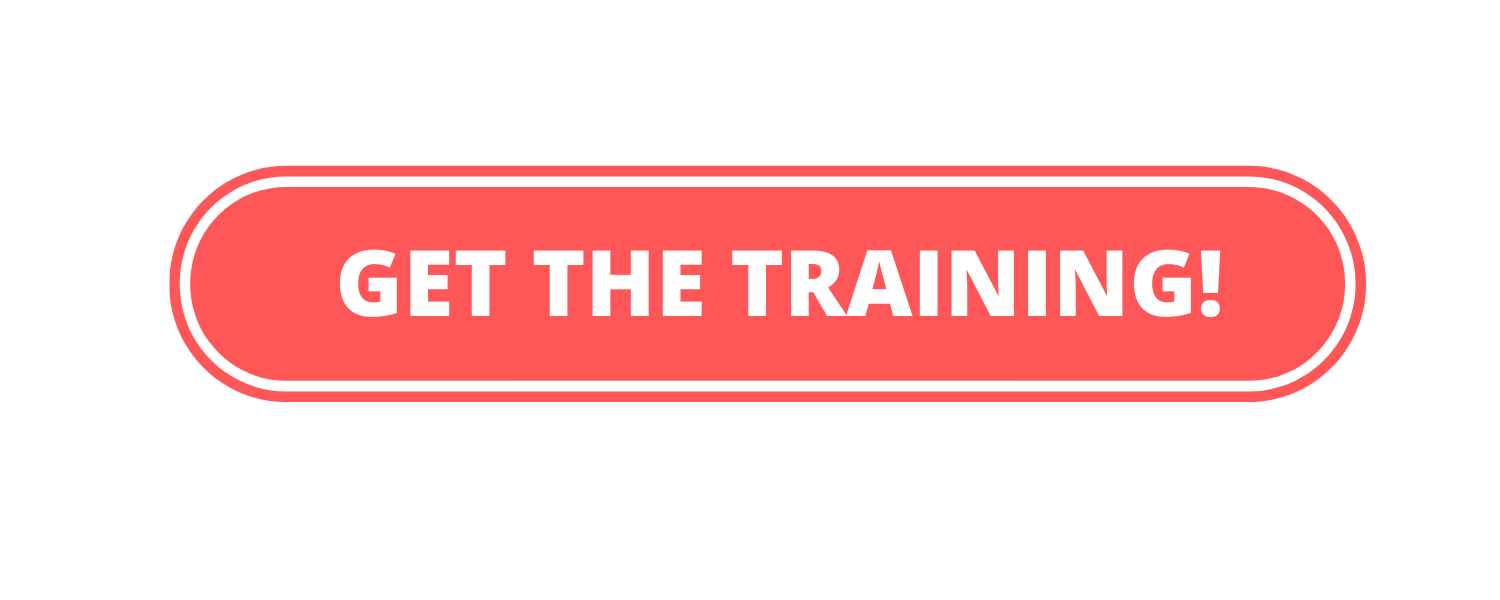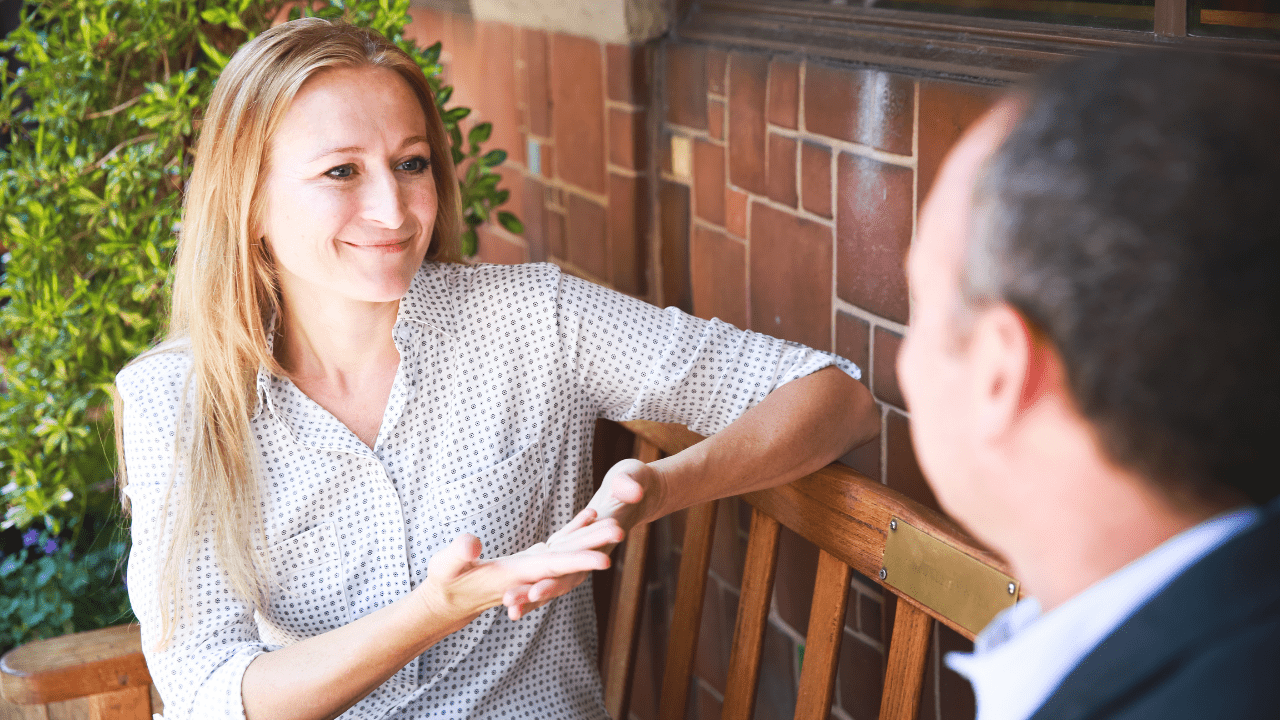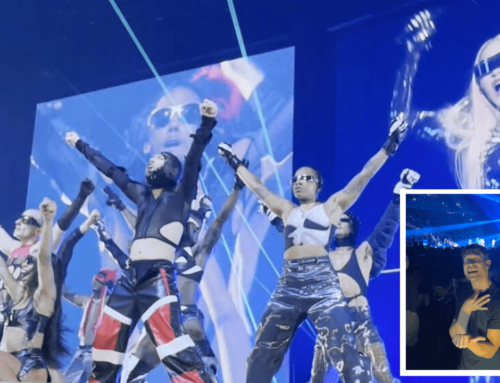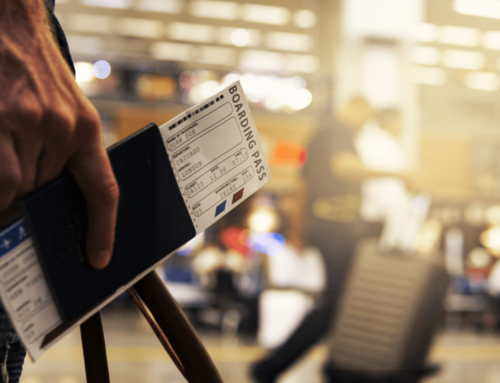Feeling accessibility-stuck? Don’t have time for a full-blown American Sign Language course, but want to better serve deaf and hard of hearing people? Skill up on seamless communication with deaf and hard of hearing customers, in just one hour or less.
Launching February 1st, deaffriendly Consulting’s on-line course, “Deaf-Friendly BASICS” is a quick-dive into many things customer service professionals want to know, but may be afraid to ask.
Deaf and hard of hearing people have written over 3,500 consumer reviews on deaffriendly.com. The pattern is clear: businesses need (and want) training to better serve this unique consumer demographic.
Deaf-Friendly BASICS does just that. It kicks off with a one-hour online and self-paced course that gives customer service professionals background on this unique consumer demographic. In a 6-lesson module, trainer Melissa “echo” Greenlee will teach customer service professionals about who deaf and hard of hearing people are, review various communication modalities they have, review and debunk common myths, discuss consumer insight, share 10 useful communication strategies for more effective communication with your deaf and hard of hearing customers as well as teach you some basic American Sign Language (ASL).
This new course is inspired by three philosophies:
1. As hard as you work to be inclusive, there is STILL more work to be done.
Communicating with deaf people isn’t a skill most hearing people are born with – let alone taught in schools. Rarely do they feel the need to, because since the beginning of time, the world has been designed for them and only them.
Case in point:
- Grocery stores contact shoppers through loudspeakers.
- In most counties across the nation, texting 9-1-1 is still not an option.
- Airlines offer headphones for passengers to listen to in-flight movies … but rarely captions.
For the 466 million deaf citizens globally, these are day-to-day examples of how businesses leave them out. In America alone, not prioritizing the deaf consumer market means neglecting one out of eight people!
That’s a lot of customer loyalty (and $9 billion in this demographic’s disposable income) being left on the table.
2. It’s awkward at first, but that’s normal — and it gets easier.
Hearing people are naturally fascinated with deaf people.
Many deaf people have experienced stares and gawking while approaching you. In short, to have hearing loss is often to feel like an alien on one’s own planet.
Getting up close and personal with a deaf person, however, fills many customer service professionals with anxiety and the fear of not communicating the “right” way.
The good news is, it is much more intuitive and doable than an extraterrestrial encounter. Contrary to popular opinion, being fluent in sign language is not a primary requirement to serve this large (and fast-growing) population.
For one, not all people with hearing loss know how to sign. And for those who do, building a basic ASL vocabulary can go a long way in building rapport with them.
3. It’s time to work to include deaf and hard of hearing people in your customer experience.
In 1988, the first deaf president of Gallaudet University uttered a now-famous mantra: “The only thing deaf people can’t do is hear.”
In 2021, it’s past time for businesses to adopt the equivalent mindset: The only thing deaf consumers can’t do is hear.
No matter what business you’re in, you can expect deaf and hard of hearing customers. That includes seemingly non-deaf products and services:
- They consume podcasts and radio (if it’s accessible). Because like hearing people, deaf people crave entertainment and great multimedia content.
- It is far from unusual to find them at music concerts or updating their car playlists. And speaking of cars …
- The tired “deaf can’t drive” stereotype is widely (and legally) disproven, meaning businesses like car showrooms and repair shops stand to earn plenty of revenue from this demographic.
In all of these examples, deaf people do most of the work to make sure they have access – like requesting rock concert interpreters.
Even if you can think of a product or service that a deaf person would have absolutely no use for, chances are it can be re-designed to be inclusive.
So what are you waiting for? Dive into our Deaf-Friendly BASICS course to get started working to include.
With all the business pivots in 2020-2021 (think: distilleries switching to making sanitizer), there is no better time to reinvent how you deliver a deaf-friendly customer experience.
This year, it’s even more of a priority to include deaf and hard of hearing customers. With social distancing barriers and masks challenging even hearing people, adapting with strong communication skills is a must for customer service professionals. Now more than ever, it pays to put universal design, empathy, and inclusion into your place of business.
Are you ready to learn new problem-solving tools, and have more effective interactions with your deaf and hard of hearing customers? 





